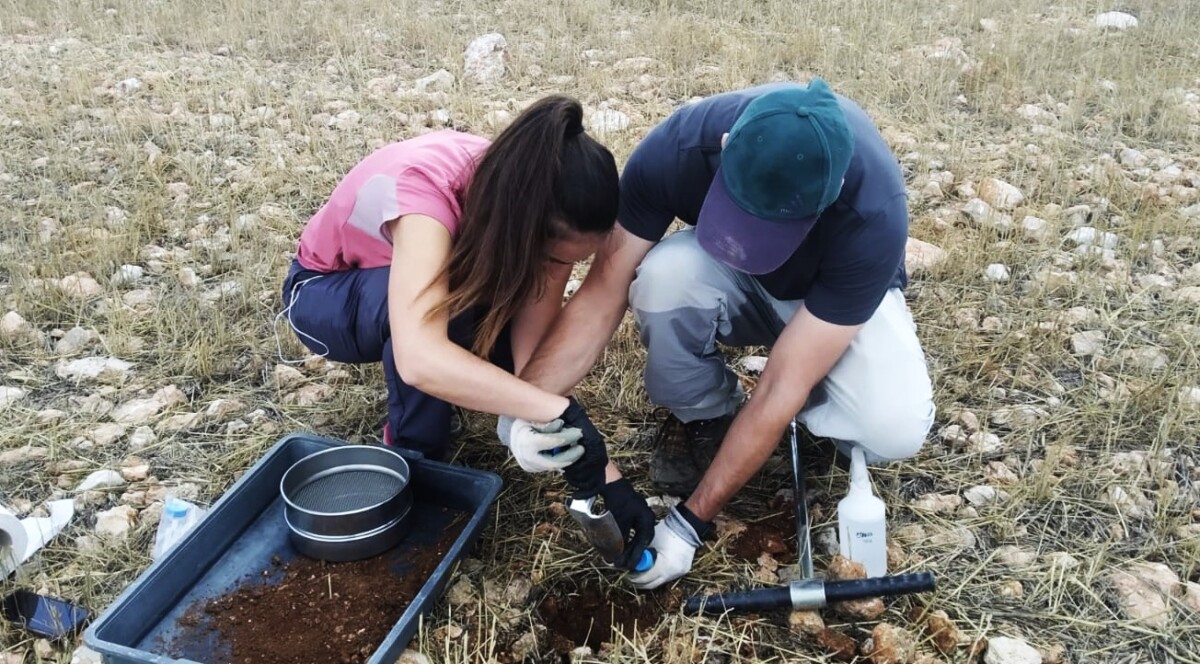A high percentage of the food consumed by humanity depends on soil, which can be in two ways, either directly or indirectly, through the consumption of crops or the feeding of animals with crops, making soil one of the most important resources in the world.
The complexity of soil
Soil is not a uniform system but a complex matrix that contains air, nutrients and water, which plants and microorganisms use as an energy source and to accomplish all their physiological functions.
It is crucial to know the physicochemical and biological properties of soils to better understand the potential or limitations that soils have. Nowadays, farmers and technicians are aware of the importance of soil health, and they are adopting more sustainable techniques such as variable rate fertilisation, reduced pesticide use, minimum tillage and biological control. Within this new vision, it is important to emphasize that this has not only direct benefits for crops, in terms of quality and yield, also indirect benefits for the environment since it reduces greenhouse gases emissions (such as CO2, N2O…) in the atmosphere and protects biodiversity.
Physical properties
Among the physical properties soil texture is a key parameter. Soil texture measures the amount of clay, silt and sand in a soil. Another physical property is water holding capacity and porosity which is influenced by texture, structure, and organic matter. Water holding capacity also determines the availability of water for plants grown in the soil, which is a key factor for agricultural yields.
Chemical properties
One of the most important properties is pH, which has a significant influence on soil health, directly affecting nutrient availability and microbial activity. Acidic soils can reduce microbial functions. In addition, electrical soil conductivity is a measure of salts content in soils; it can be a good way to know the availability of nutrients or to detect problems arising from soil salinization. Another crucial parameter is organic matter, which is essential in soils, influencing structure, nutrient cycling, microbial activity, water retention, carbon sequestration and, of course, crop yield.
Biological properties
Soil hosts a huge number of microorganisms such as bacteria and fungi which play a key role in nutrient cycling, the decomposition of organic matter and the suppression of plant pathogens. The analysis of basal soil respiration (BSR), enzymatic profiling and phospholipid derived fatty acids (PLFAs) provide insights of the biological characteristic of the soil that can complement the soil microbiome information.
Climate change
Soil health is threatened by climate change, characterized by high temperatures and extended drought seasons, making agriculture increasingly difficult, stressing crops and affecting soil biological activity. Some soil properties such as salinity, organic matter, water holding capacity, etc., can be affected, leading to soil degradation and lower nutrient reserves.
TRIBIOME case study / situation
At TRIBIOME, we have sampled and characterised soils in three different countries: Spain, Italy and South Africa in order to compare the different climates, soil types and agricultural management, with the aim of finding a common agricultural pattern to improve the resistance of wheat to different alterations caused by climate change.
Want to know more?
Contact catherine.malingreau@wagralim.be or Follow the project’s LinkedIn page

